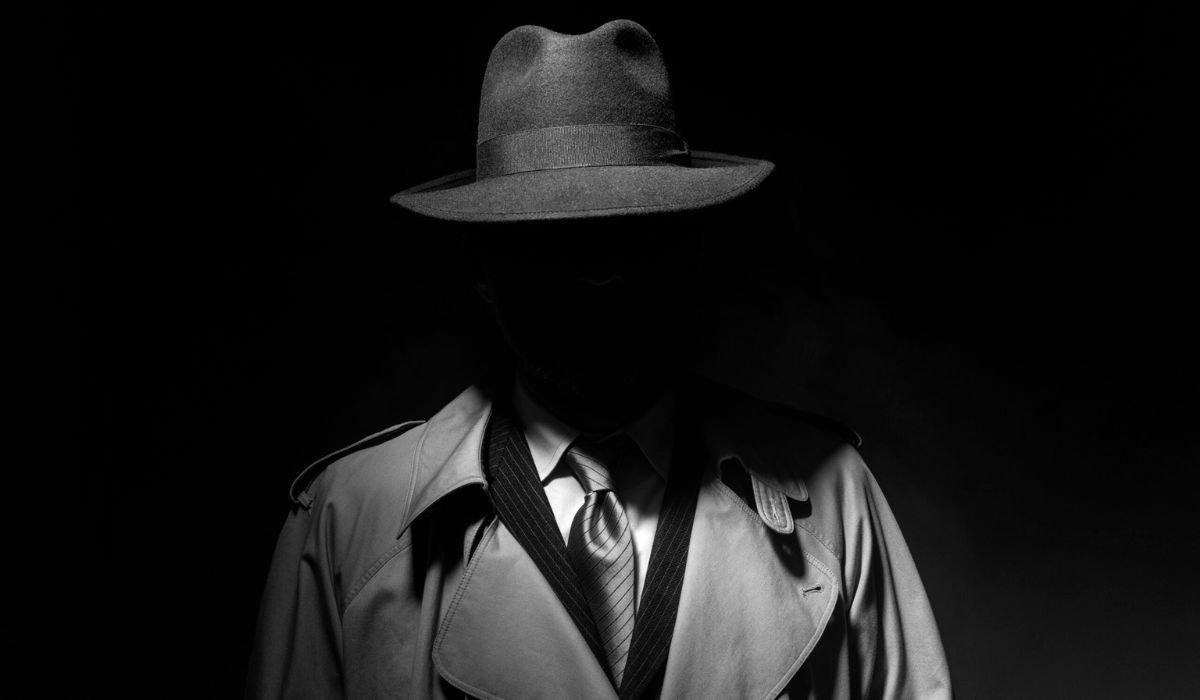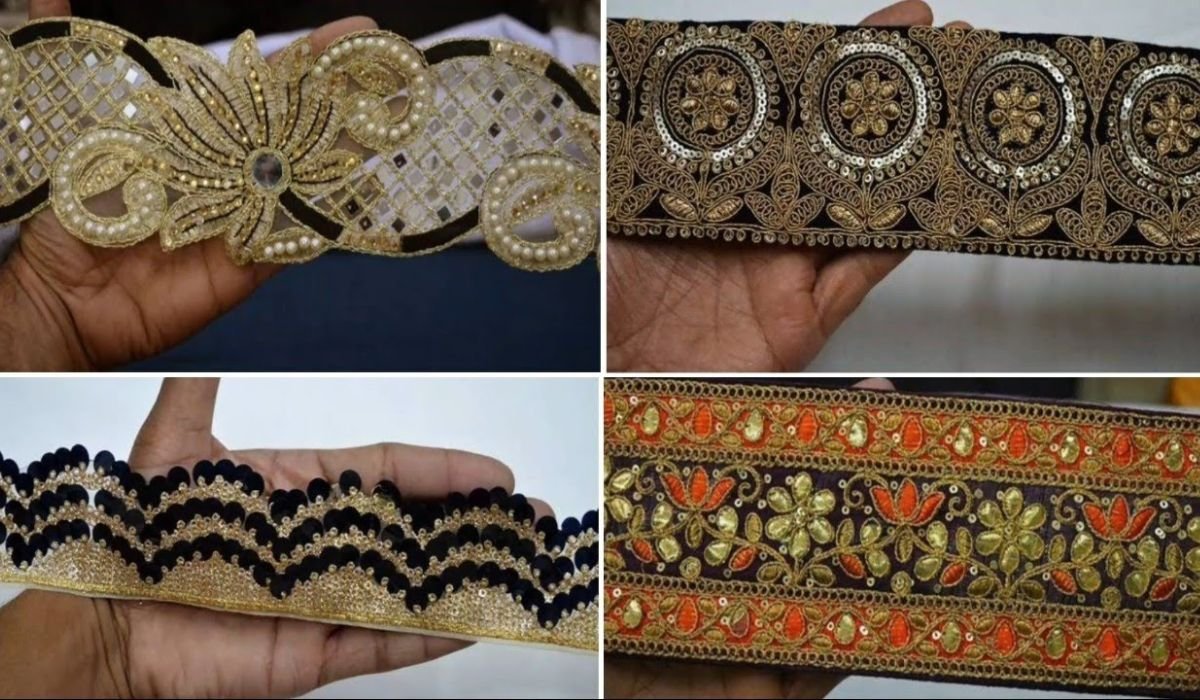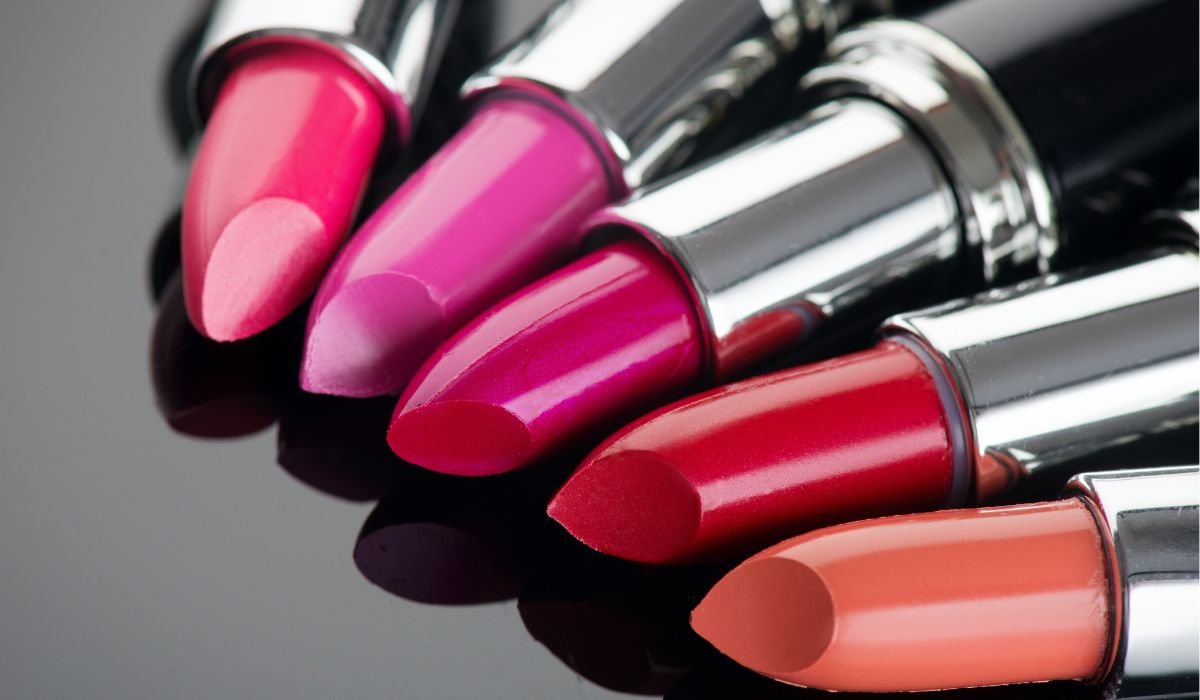Introduction
Fezes and fedoras have a rich history and cultural significance that continues to captivate people across the globe. These iconic hats have transcended time, maintaining a fashionable presence while adapting to modern trends. The purpose of this article is to explore the fascinating journey of fezes and fedoras, their impact on fashion, and their relevance to individuals of all age groups. From cultural symbols to fashion statements, these hats have something to offer everyone.
The Origin Story Tracing the Roots of Fezes and Fedoras
The Earliest Known Appearances
Fezes and fedoras have distinct origins that highlight their unique historical contexts. The fez, with its characteristic cylindrical shape and tassel, traces back to the Ottoman Empire in the early 19th century. It served as a symbol of modernization and secularization, reflecting cultural shifts during that time. Meanwhile, the fedora made its entrance in the late 19th century in women’s fashion, evolving into a staple for both genders over the years.
Cultural and Practical Significance
The fez was not only a fashion accessory but also a practical choice for men in the Middle East and North Africa, offering sun protection and a sense of unity. It became synonymous with regional identity and pride. In contrast, the fedora, initially associated with women, gained traction among men due to its structured design and adaptability, offering elegance and sophistication in various settings.
Evolution of Design and Purpose
Over time, both fezes and fedoras have undergone transformations in design and purpose. The fez’s simple construction allowed for variations in materials and colors, symbolizing different cultural affiliations. The fedora saw changes in brim width, crown shape, and material, making it a versatile choice for different occasions. These modifications reflect the adaptability of these hats to changing fashion trends.
The Fez A Symbol of Tradition and Heritage
Association with Middle Eastern and European Cultures
The fez holds deep-rooted associations with Middle Eastern and European cultures. In the Ottoman Empire, it was a marker of identity and served as a bridge between Eastern and Western influences. The fez found its way into European fashion and became a symbol of exotic charm and elegance.
Role in Formal and Informal Settings
Traditionally, the fez was worn in both formal and informal settings. In formal contexts, it adorned the heads of dignitaries and officials, signifying status and authority. In everyday life, the fez was a common sight among men, adding a touch of refinement to their attire. Its simplicity allowed it to seamlessly transition between different occasions.
Notable Appearances and Influences in Popular Culture
The fez’s influence extends into popular culture, appearing in films, literature, and art. Notably, the character of Dr. Who from the iconic British TV series has been seen wearing a fez, sparking renewed interest in this classic headwear. Its presence in various media showcases its timeless appeal and enduring charm.
The Fedora Elegance and Sophistication in Everyday Wear
Origin in Women’s Fashion and Crossover into Men’s Wear
The fedora originated as a women’s hat, gaining popularity in the late 19th century. Its transition into men’s wear marked a significant shift in fashion dynamics. Men appreciated the fedora’s structured design, which exuded confidence and sophistication. This crossover solidified the fedora’s place in fashion history.
Association with 20th-Century American and European Fashion
During the 20th century, the fedora became a symbol of classic American and European fashion. It graced the heads of Hollywood icons like Humphrey Bogart and Frank Sinatra, becoming synonymous with timeless elegance. Its association with film noir and jazz culture further cemented its status as a style staple.
Versatile Nature from Casual to Formal Attire
One of the fedora’s greatest strengths is its versatility. It effortlessly complements both casual and formal attire, making it a go-to choice for various occasions. Whether paired with a tailored suit or a casual ensemble, the fedora adds an element of sophistication and refinement to any look.
The Modern Resurgence Fezes and Fedoras in Contemporary Fashion
Recent Trends and Renewed Interest in Classic Pieces
In recent years, there has been a resurgence of interest in classic fashion pieces, including fezes and fedoras. Fashion enthusiasts and designers alike are drawn to the timeless appeal and rich history these hats represent. This renewed interest has brought them back into the spotlight.
Celebrity Endorsements and Impact on Mainstream Fashion
Celebrities have played a pivotal role in popularizing fezes and fedoras in contemporary fashion. Influential figures in music, film, and fashion frequently sport these hats, influencing mainstream trends. Their endorsements have made these hats a symbol of style and sophistication.
Incorporating Fezes and Fedoras into Modern Wardrobes
Integrating fezes and fedoras into modern wardrobes is easier than you might think. These hats can add a touch of elegance and individuality to any outfit. Consider pairing a fedora with a sleek trench coat or a fez with a tailored blazer for a look that seamlessly blends tradition with contemporary style.
Fezes and Fedoras Around the World A Global Perspective
Regional Variations and Interpretations
Fezes and fedoras have regional variations and interpretations that reflect cultural diversity. In Morocco, the fez is known as the “tarboosh” and is often adorned with intricate embroidery. Similarly, fedoras in Italy are crafted from premium materials, showcasing Italian craftsmanship.
Significance in Different Cultures and Countries
The significance of fezes and fedoras varies across cultures and countries. In Turkey, the fez is a symbol of national identity, while in the United States, the fedora represents classic Americana. These hats hold cultural and historical value, connecting people to their heritage.
Role of Globalization in Spreading Popularity
Globalization has played a key role in spreading the popularity of fezes and fedoras. With increased cultural exchange and access to international fashion trends, people worldwide have embraced these hats as symbols of style and individuality. This cross-cultural appreciation has solidified their place in global fashion.
YOU MAY ALSO LIKE: Jeansato: Where High-Quality Denim Meets Sustainability
Conclusion
Fezes and fedoras have stood the test of time, captivating fashion enthusiasts with their rich history and timeless style. From cultural symbols to fashion statements, these hats continue to inspire and intrigue. Their versatility allows individuals of all age groups to incorporate them into their wardrobes, adding a touch of elegance and sophistication. Whether you’re drawn to the fez’s cultural heritage or the fedora’s classic charm, these hats have a place in every fashion enthusiast’s collection. Explore the world of fezes and fedoras and discover the enduring allure of these iconic headpieces.
FAQs
- What is the difference between a fez and a fedora?
- A fez is a cylindrical hat with a tassel, traditionally worn in Middle Eastern and North African cultures. A fedora is a wide-brimmed hat with a creased crown, popularized in Western fashion.
- Are fezes and fedoras still in style today?
- Yes, fezes and fedoras continue to be stylish choices in contemporary fashion. They are embraced for their timeless appeal and ability to elevate any outfit.
- How do I choose the right fez or fedora for my face shape?
- When selecting a fez or fedora, consider your face shape. Round faces may benefit from a wider brim, while angular faces may suit narrower brims. Try different styles to find the best fit for you.
- Can women wear fezes and fedoras?
- Absolutely! Fezes and fedoras are unisex accessories that can be worn by anyone. Women can confidently incorporate these hats into their wardrobes to add flair and sophistication.
- Where can I buy authentic fezes and fedoras?
- Authentic fezes and fedoras can be found at specialty hat shops, online retailers, and vintage stores. Look for reputable sellers to ensure quality craftsmanship.










